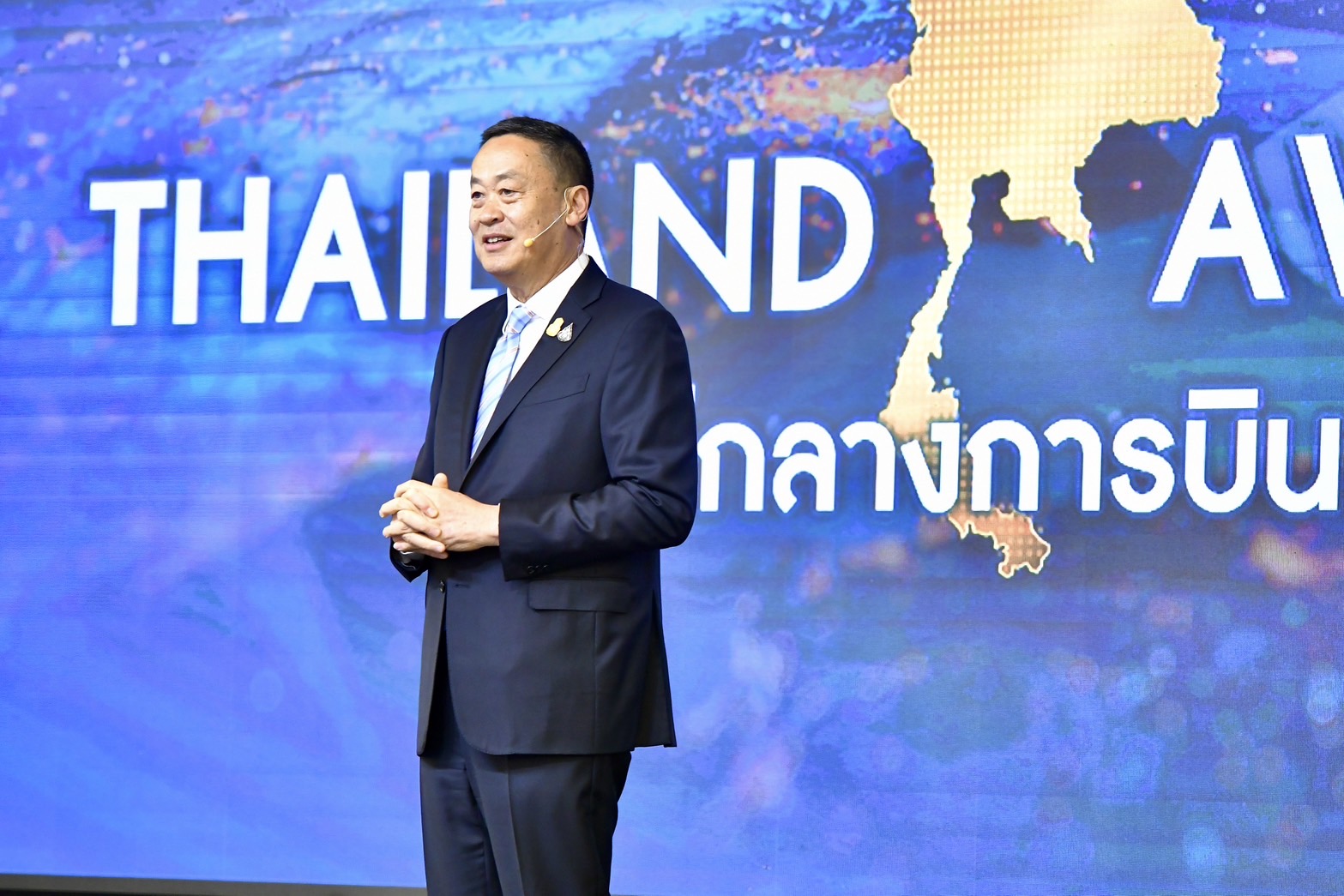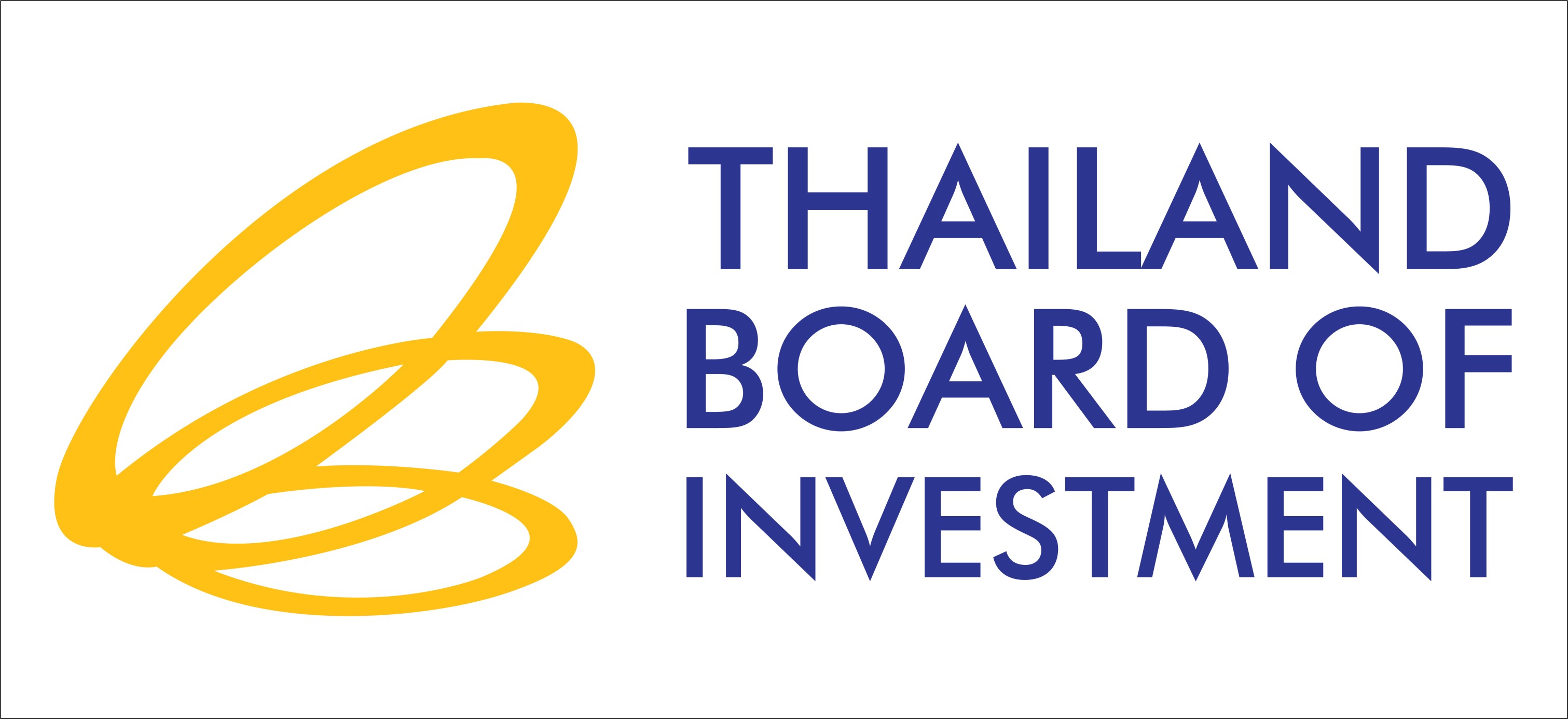Aviation / Thailand's journey to global hub
Aviation / Thailand's journey to global hub
Chatrudee Theparat
Thai government has ambition to drive Thailand’s aviation to be the top 20 global hub over the next five years, with 150 million foreign tourist arrivals annually.
Prime Minister Srettha Thavisin has unveiled its vision to promote Thailand as a regional aviation hub linking air transportation and facilitating transit within the Asia-Pacific region. It aims to accommodate over 150 million international passengers annually and become the largest air cargo distribution center in the region, staying on the top 50 global rank this year and jumping on the top 20 over the next five years.

Mr Srettha said in 2005 Thailand’s aviation was ranked 13th globally. However, it has currently fallen to 68th. Therefore, it is essential for the government to spend more on developing the country's airports to regain the top spot as one of the 20 best airports in the world within five years.
“It’s unbelievable that Thailand which has GDP rank 24th of the global while Jakarta, Malaysia or even Singapore and Hong Kong have a better rank of aviation than Thailand.”
He said big obstacles will also be solved including customs procedure and logistics in a bid to attract additional 30% of global passengers to transit Suvarnabhumi, up from currently 1%
He said Thailand's strategic location in the heart of the Asia-Pacific region, bordered by three neighboring countries, and its benefit from the ASEAN Open Skies policy are key factors driving this initiative. The cooperation was secured with Airports of Thailand Plc (AOT), which oversees the operation of six airports, including Suvarnabhumi, Don Mueang, Chiang Mai, Mae Fah Luang - Chiang Rai, Phuket, and Hat Yai airports.
For the expansion plan of Suvarnabhumi International Airport, which covers an area of over 20,000rai, the government plans to enhance its capacity to accommodate 150 million passengers per year by 2030.
Currently, AOT has opened the second passenger terminal, SAT-1, which can accommodate 45 million passengers per year, and has already increased its number to 60 million per year.
In October 2024, the third runway is scheduled to be opened, capable of accommodating 60 flights per hour, increased to 90 flights per hour. There are plans to construct and expand passenger terminals on the east-west side to accommodate an additional 30 million passengers per year.
Additionally, there are plans to construct a passenger terminal on the south side to accommodate an additional 60 million passengers per year. Also, there are plans to construct the fourth runway, capable of accommodating up to 120 flights per hour.
For Don Mueang International Airport, the main hub for domestic and regional flights, the government plans to transform it into a point-to-point model, expanding capacity from 30 million to 50 million passengers yearly by 2030. This includes a renovation of existing terminals and expanding Terminal 1 and Terminal 2 for domestic passengers, accommodating up to 27 million passengers yearly. A new international terminal will be built to welcome 23 million passengers yearly.
Plans also include constructing a large-scale commercial junction building to be another tourist attraction, enhancing services, and increasing parking space to 7,600 vehicles. Moreover, the airport will be connected to the S.R.T. Red Line Mass Transit System for faster city. The establishment of an Aircraft Maintenance, Repair, and Overhaul (MRO) center will be in collaboration with the private sector.
For Phuket International Airport (HKT), the government plans to construct the second airport, Andaman airport, to accommodate tourists traveling to Phuket, Phang Nga, Krabi, as well as nearby provinces. Plans encompass the development of Sarasin Bridge to enhance a road traffic capacity and facilitate the passage of large vessels. Moreover, the government intends to expand Phuket airport by constructing an international passenger extension and a new concourse to accommodate a projected increase in annual passengers from 12.5 million to 18 million by 2030.
Currently, the seaplane & ferry terminal development project is underway to facilitate high-end passengers, connecting to destinations such as Koh Samui, Koh Chang, and Hua Hin. As for the Andaman airport, which is under its construction plan, built, will be able to accommodate 40 million passengers, serving as a hub for long-haul flights in the southern region, including direct international point-to-point flights.
For Chiang Mai International Airport, the government plans to construct an international passenger terminal and renovate the existing passenger terminal to accommodate an increased number of tourists from 8 million to 16.5 million per year by 2029. Additionally, there are plans to build a second airport for Chiang Mai, called "Lanna Airport," to accommodate an additional 20 million passengers per year. It will also serve as the home base for airlines such as Thai VietJet.

Furthermore, the government will elevate airports nationwide by integrating modern passenger service technologies and innovations to enhance efficiency, convenience, and speed in service delivery. Additionally, there will be efforts to advance Thai cuisine to a global standard by supplying food to various airlines, promoting the use of high-quality Thai agricultural products, incorporating new innovations into food production processes, and ultimately elevating Thailand's distinctive national dishes to become the best airplane cuisine globally.
Besides, the government aims to expand the maintenance industry into a hub for both commercial and private aircraft. It will establish a temperature-controlled cargo warehouse system (cold chain) to distribute goods to over 280 million people in Thailand, Malaysia, Laos, Cambodia, and Vietnam.
Moreover, there will be efforts to enhance a collaboration with various airlines, tourism agencies, hotel associations, and to collectively develop the Thai aviation sector. This includes optimizing flight schedules, aircraft numbers and types, passenger tickets, and services while ensuring sufficient and competent personnel for seamless service delivery.
01 March 2024
Viewed 137 time
 EN
EN 




